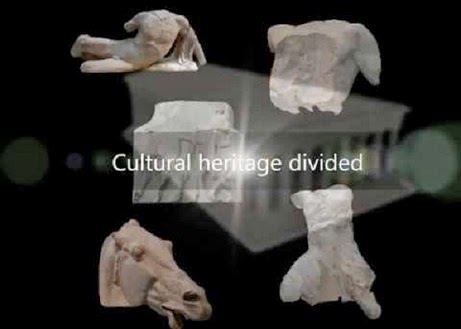Sew La Ti Embroidery [Search results for facade]
Figurative facade for a beauty salon
Digital facade for Medialab Prado
Children's dream have realised
Aqua Tower by Studio Gang

«Desert Flower» by Manfredi Nicoletti

The Architecture of the National Traditions
More Stuff: Is Greece about to lose the Parthenon Sculptures forever?

Heritage: Lasers reveal mysteries of Notre Dame Cathedral

Heritage: Fallen Egyptian archaeologist wants international Grand Museum

Foster + Partners have reincarnated in Zenith
Italy: Rome Pyramid restored to gleaming white glory

Unusual Medical Complex (Australia)

Skyscraper under an inclination
Ultra-modern dugout in Switzerland
Entertaining ecology in Hamburg








